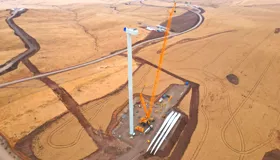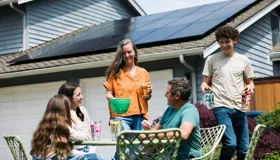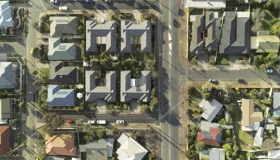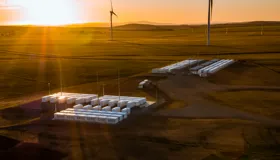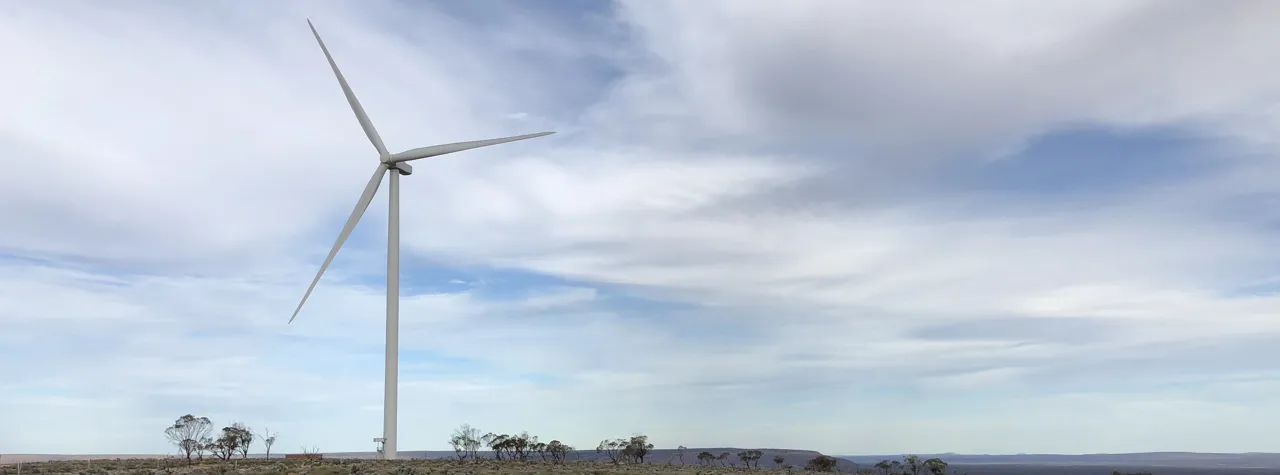
Lincoln Gap Wind Farm, near Port Augusta in South Australia, has a total wind generation capacity of 212 MW and 10 MW of battery storage. The wind farm is capable of producing enough electricity to power approximately 155,000 households, abating 680,000 tCO2-e annually.
212 MW
155,000
homes powered
680,000
tCO2-e abated
We are pleased to include grid-scale battery storage as an essential part of the wind farm investment and were happy to receive strong support and encouragement from the CEFC as our investment partner. With the scalable battery storage at Lincoln Gap we will be able to offer more flexibility to the national grid and improve the reliability of the system.Zeki AkbasExecutive Director, Nexif Energy Australia
Our investment
Nexif Energy is developing the Lincoln Gap Wind Farm in stages. Stage 1 is fully operational. The CEFC committed up to $210 million to Stages I and II – its largest investment in a single wind farm development. The Stage II finance involved Westbourne Capital participating as a mezzanine debt lender.
our impact
The ability to fold mezzanine debt into finance for new build wind farms in this manner created new investment opportunities for non-bank lenders to further support the growth of the renewable energy sector.
The project was Australia’s first greenfield wind development to feature an unsubsidised large-scale grid-connected battery. The Advancion battery storage system was supplied by Fluence. The wind farm feeds energy into the national electricity grid via the Electranet transmission network. It features both Vestas and Senvion turbines and provides an important demonstration of how different turbines can be successfully combined in the one project. Lincoln Gap Wind Farm has secured long-term commitments for the purchase of Large-Scale Generation Certificates by ERM Power and two long-term energy offtake agreements with Snowy Hydro.

